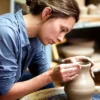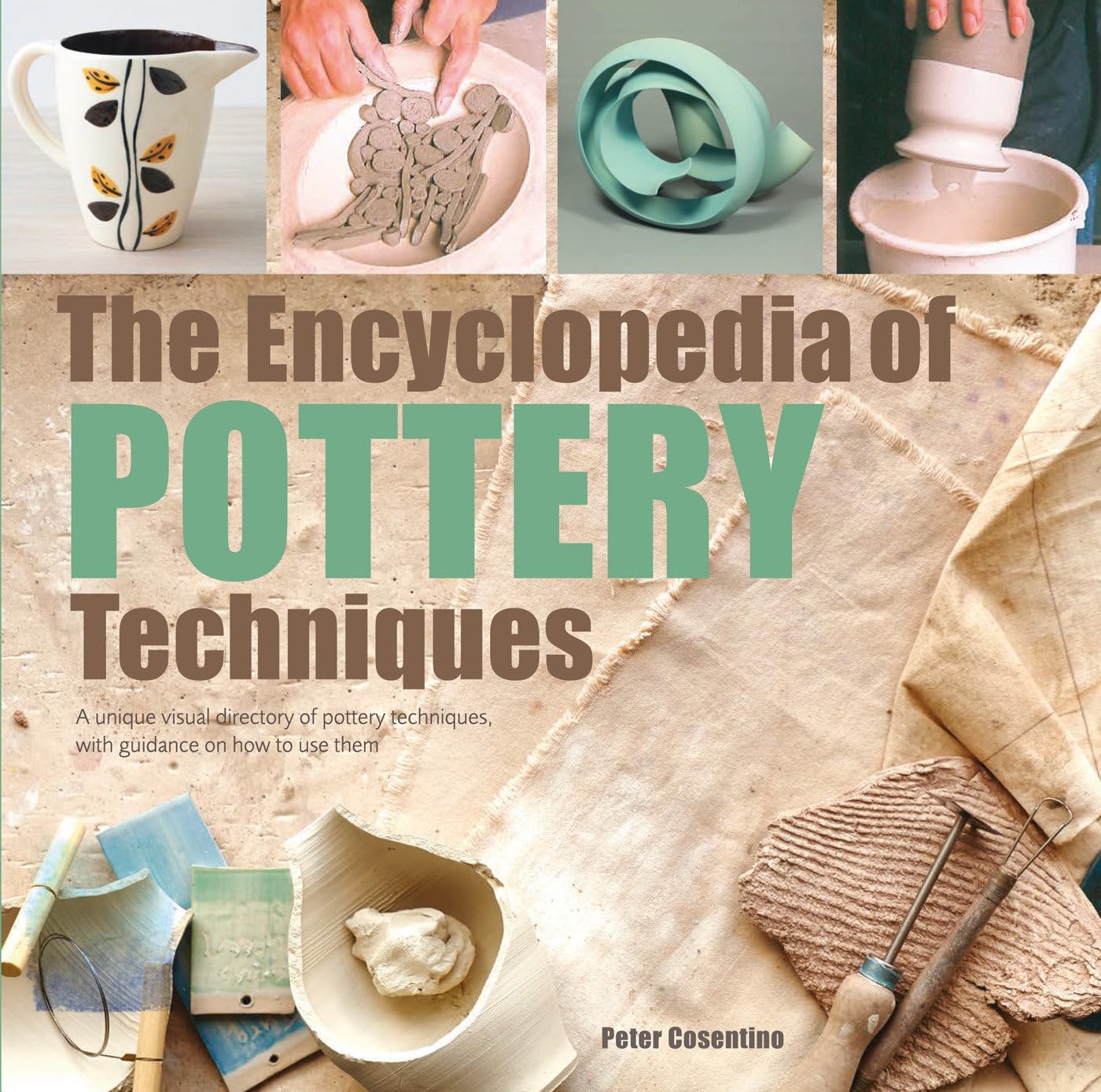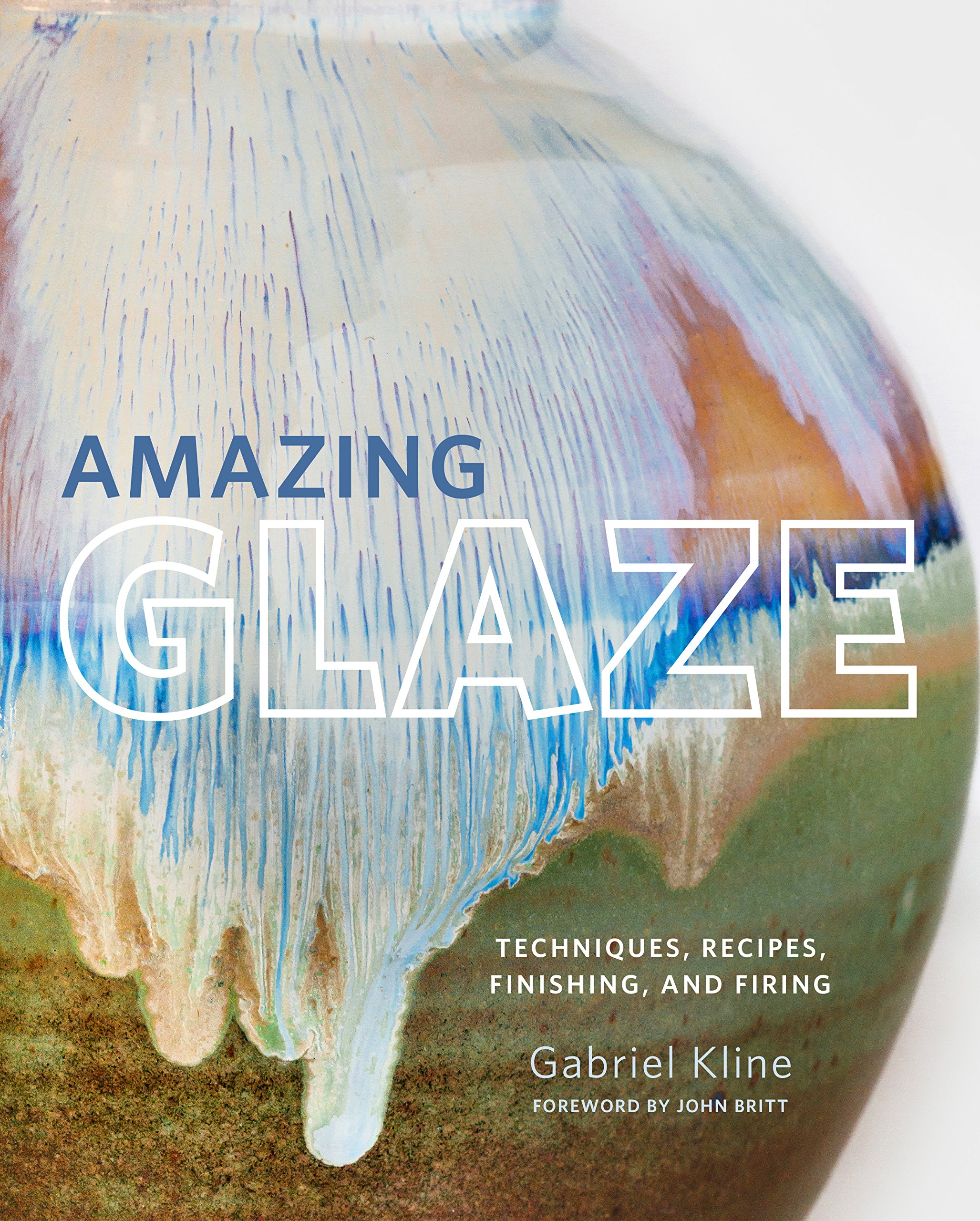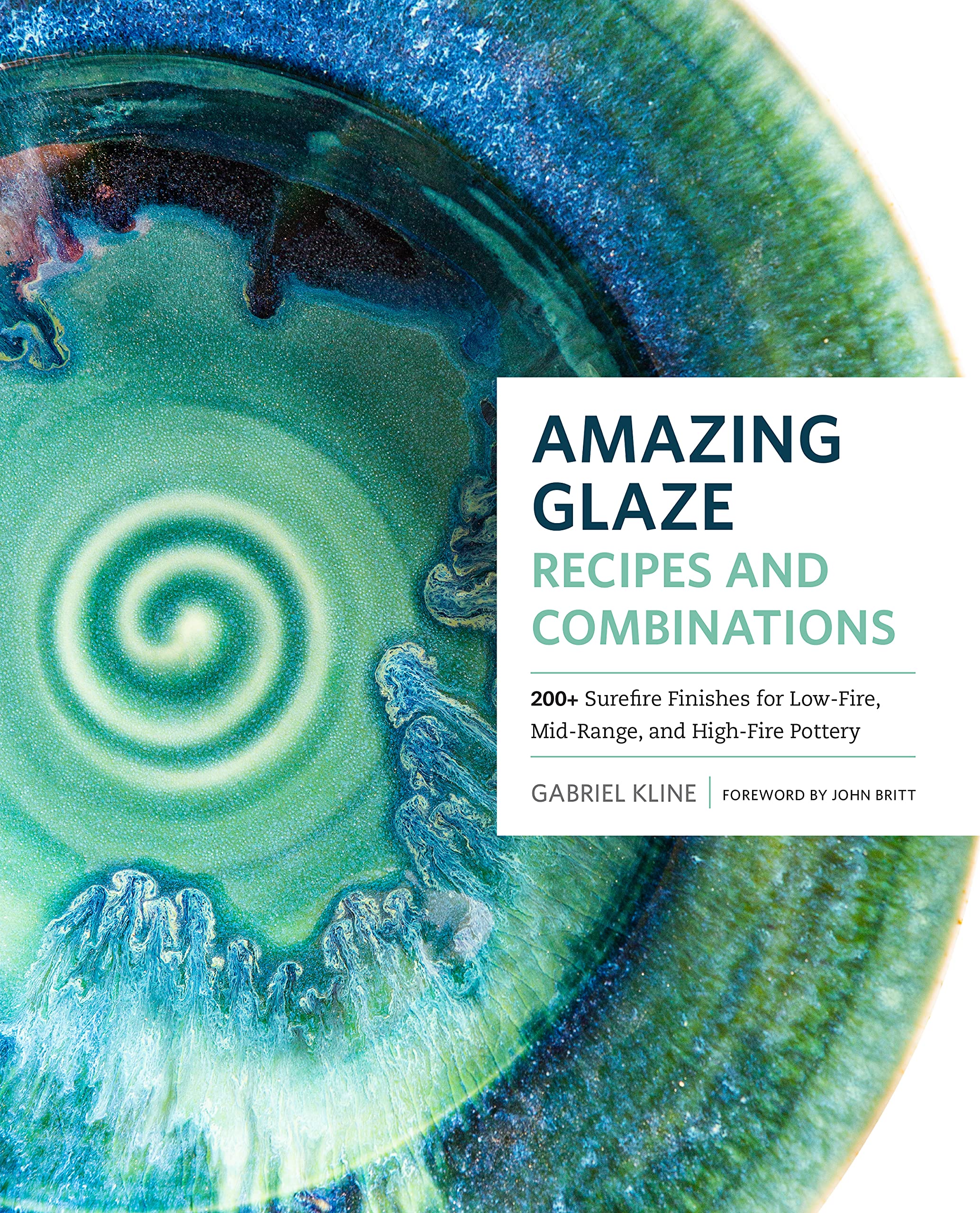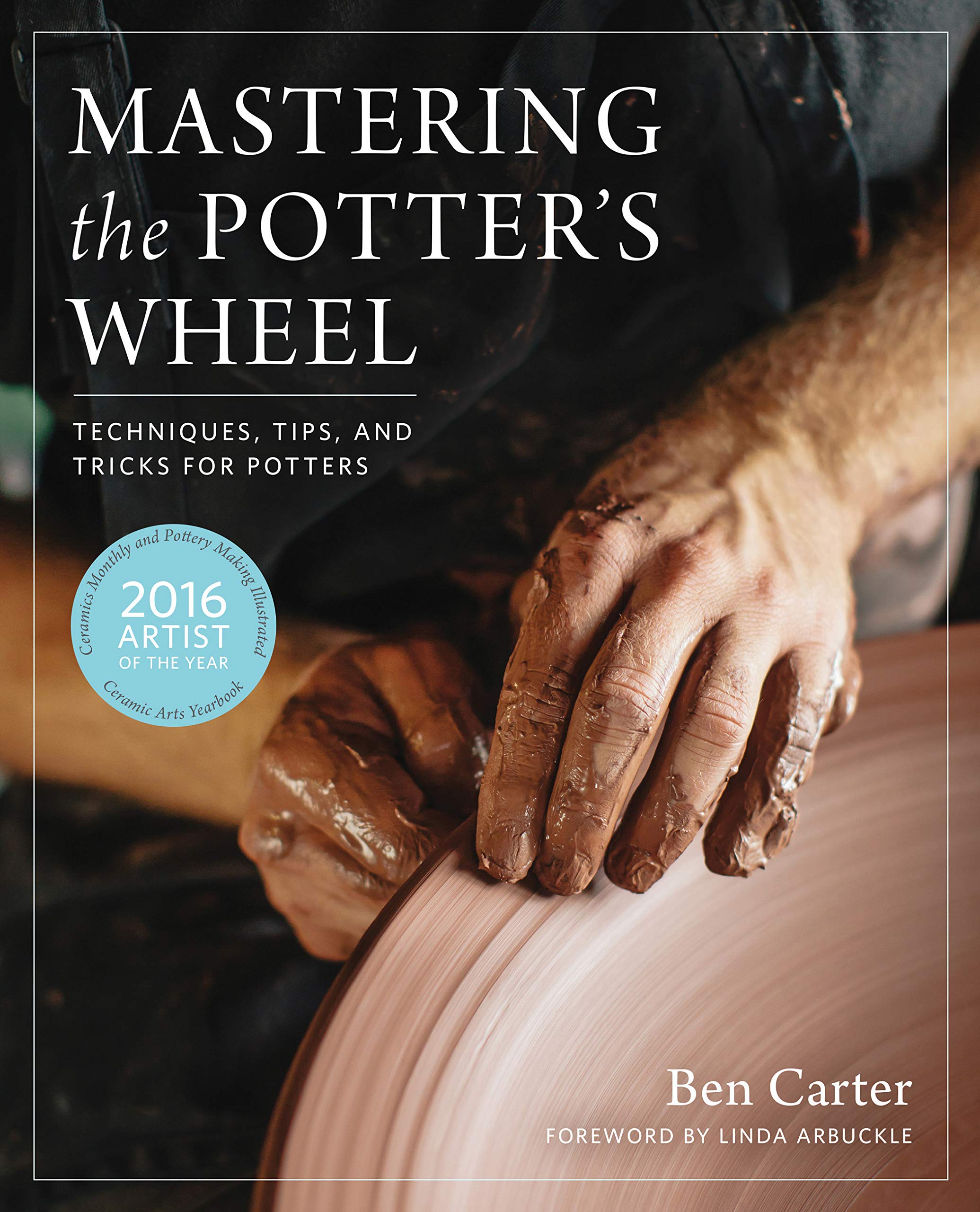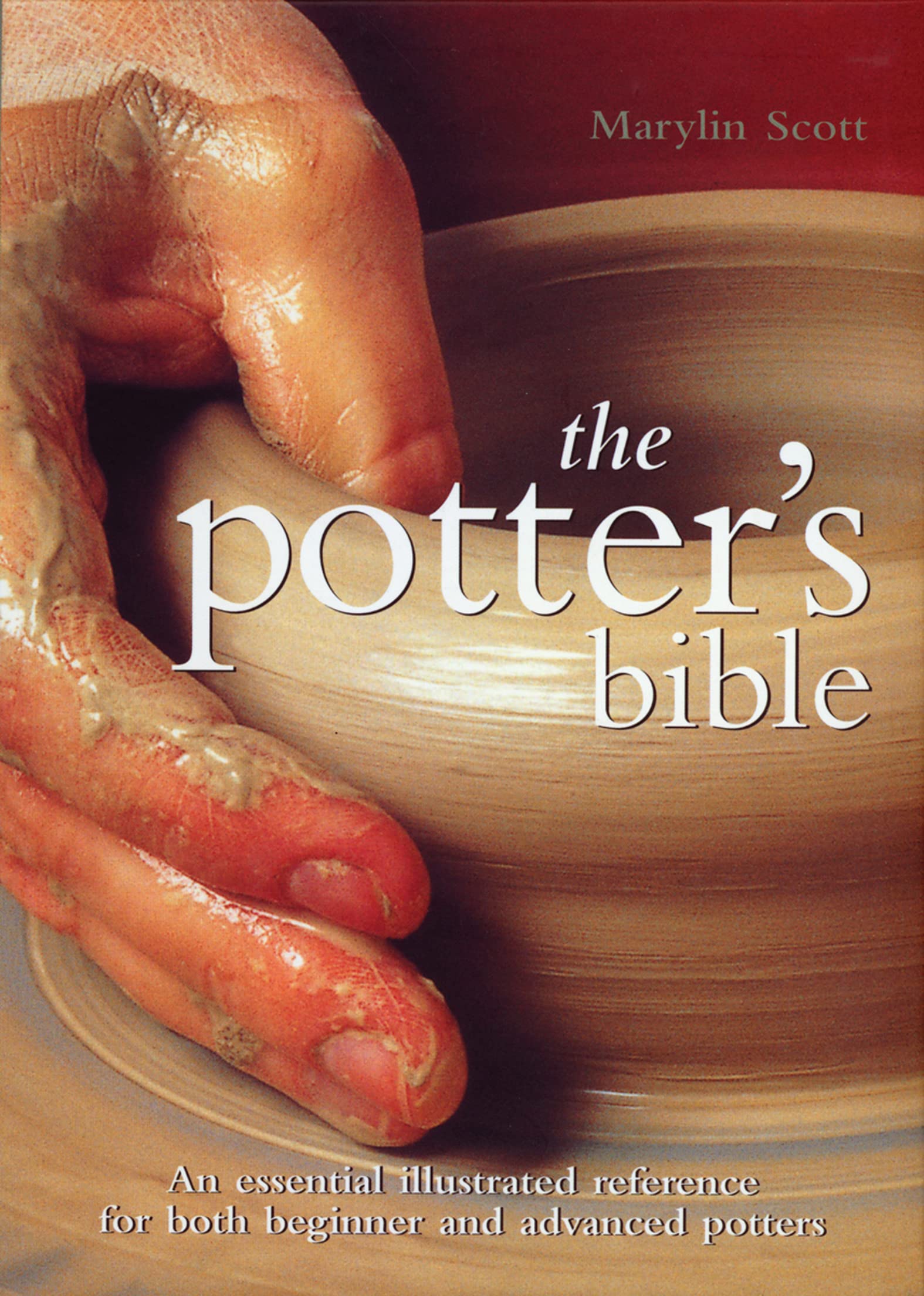Pottery has been an integral part of human culture for thousands of years, offering both functional and artistic value.
Potters strive to enhance the aesthetic appeal of their work, and advanced glazing techniques have become a focal point.
These techniques not only protect and seal the pottery but also add vibrant colors, textures, and finishes that transform a simple clay object into a stunning piece of art.
Books on advanced glazing techniques provide in-depth knowledge and inspiration, enabling potters to elevate their craft.
When selecting a book on advanced glazing techniques, several key considerations come into play.
The depth and clarity of the information are crucial; a well-structured book should cover both fundamental principles and complex processes.
Visual aids such as photographs and diagrams can significantly enhance the learning experience, making it easier to grasp intricate techniques.
The author’s expertise and style are also important since different potters may resonate more with specific approaches and explanations.
We aimed to find books that offer comprehensive guidance, clear instructions, and visual inspiration.
Best Advanced Glazing Techniques Books for Pottery
We’ve compiled a selection of the top books that focus on advanced glazing techniques in pottery.
These resources offer valuable insights and practical guidance for those looking to enhance their skills.
The Encyclopedia of Pottery Techniques
This book offers an extensive array of glazing methods that will enhance our pottery skills through its rich content and inspiring visuals.
- Comprehensive coverage of a wide range of pottery techniques
- High-quality images that vividly illustrate different methods
- Suitable for both beginners and experienced potters seeking to expand their horizons
- Formatting issues for digital readers, particularly Kindle devices
- The print size in certain sections could be larger
- Some may find certain content a bit repetitive
With its detailed exploration into various glazing techniques, this resource is invaluable.
We found it packed with insightful information, making it a go-to guide in our pottery journey.
The quality of images enhances the learning, providing a clear view of the artistry involved.
Although some may struggle with digital formatting, the paperback version offers no such challenges.
The structure is designed to cater to both newcomers and seasoned artists alike, ensuring everyone finds value in its pages.
For those of us aiming to broaden our understanding or even teach others, it sets a remarkable standard.
The depth of techniques discussed leaves us feeling well-equipped to try new styles and refine our existing skills.
Amazing Glaze: Mastering Ceramics
For anyone passionate about advancing their glaze skills, this book stands as an essential addition to their collection.
- Comprehensive techniques are covered thoroughly.
- The visuals are stunning and highly informative.
- Step-by-step instructions are clear and accessible.
- Not ideal for those seeking only basic glazing techniques.
- The hardcover may be a bit hefty for some readers.
- Some may find the detailed content overwhelming initially.
When we first opened Amazing Glaze: Techniques, Recipes, Finishing, and Firing, the visually appealing presentation struck us immediately.
It’s not just the images; the layout itself invites you to dive straight in.
For those of us with a few years of pottery experience, this resource manages to turn the initially daunting world of glazing into something beautifully approachable.
The step-by-step instructions adeptly bridge the gap between artistic inspiration and technical execution.
This is particularly useful when trying to replicate specific glaze effects—something that can be quite elusive otherwise.
The book even appeals to those of us who might not have immediate access to workshops or skilled mentors.
Overall, for anyone serious about deepening their understanding of glazing in pottery, this hardcover, despite its size, offers a wealth of information that won’t disappoint.
It’s been a refreshing addition to our personal libraries and serves not only as a guide but also as a source of inspiration with every page turn.
Amazing Glaze Recipes
This book is an essential addition for any potter looking to expand their glazing skills with over 200 versatile glaze combinations.
- Offers a rich array of over 200 glaze combinations
- Includes detailed photographs for clear reference
- Provides easy-to-follow recipes suitable for various firing temperatures
- Might be too advanced for complete beginners
- The information density could overwhelm some users
- Lends itself more towards experimentation rather than foundational knowledge
When we explored “Amazing Glaze Recipes,” the sheer variety of glaze techniques captured our attention.
Each recipe comes alive with vibrant photographs, allowing us to visualize results before starting.
The guidance on firing temperatures gave us confidence to experiment across different pottery projects.
As we delved into the book, it was clear that experiencing a range of textures and finishes was an exciting journey.
Although it leans toward the intermediate to advanced potter, the content encourages creativity by showcasing unique glaze combinations.
This makes it possible for us to push the boundaries of our current skills.
For pottery enthusiasts ready to elevate their craft, the broad spectrum of glazes presented is truly inspiring.
Though beginners might find some sections complex, there’s plenty of value for those willing to explore and experiment.
It’s a versatile book that stands out for its practical approach and comprehensive content.
Mastering the Potter’s Wheel
Whether you’re a novice potter or have years of experience, this book offers techniques and insights that can enhance your practice.
- Provides clear and detailed instructions with high-quality photographs.
- Covers a wide range of techniques suitable for both beginners and advanced users.
- Includes engaging skill-building exercises.
- Might be too detailed for those just looking for a quick reference.
- Some information may overlap with other books in the same series.
- Physical weight makes it less portable for on-the-go reading.
Our experience with “Mastering the Potter’s Wheel” was quite enriching.
The book’s clarity in presenting techniques has undoubtedly made our pottery sessions more rewarding.
Its detailed illustrations go hand-in-hand with step-by-step instructions, ensuring we grasp even the most complex concepts effectively.
We found it particularly helpful for understanding the nuances of working on a potter’s wheel.
Each exercise provided was not only informative but also fun to try out.
For those who like a hands-on approach to learning, this book is a useful companion.
In some cases, the level of detail could feel overwhelming, particularly if you’re seeking a quick overview rather than an in-depth exploration.
However, for anyone committed to mastering the craft, the depth this book offers is an advantage.
Overall, it’s a valuable addition to any potter’s library.
Potter’s Bible
A great choice for potters who want a handy, visually rich reference combining both basic and advanced techniques.
- Rich, colorful photographs that capture attention.
- Suitable for both beginners and more experienced potters.
- Portable size makes it easy to consult while working.
- Overemphasis on glazes, possibly limiting for general pottery interests.
- Not an exhaustive deep dive, focused more on breadth than depth.
- Physical quality issues reported, such as cover damage.
Our experience with The Potter’s Bible reveals how much information can fit into a compact volume.
Its vibrant photos draw us in, motivating us to try new techniques, from simple creations to more intricate designs.
The clear descriptions demystify many aspects of pottery, offering inspiration for all levels.
While it’s packed with valuable insights, those looking for in-depth exploration of every pottery aspect may want additional resources. The Potter’s Bible primarily offers a broad introduction with highlights on glazing, which might leave us craving more detail on other topics.
It’s an excellent option for anyone beginning their pottery journey or brushing up on skills without committing to a full textbook.
This guide serves as a trusty reference we can always go back to whenever seeking quick advice or artistic inspiration.
Buying Guide
When selecting a book on advanced glazing techniques for pottery, there are several aspects to weigh.
We should focus on the depth of content, clarity of explanations, and the range of techniques covered.
Content Depth
Books that offer a comprehensive exploration of glazing techniques can provide insights from basic to advanced levels.
We need to ensure the book covers both theory and practical application.
Clarity and Instruction
Look for books that feature clear step-by-step instructions.
Illustrations, photographs, or diagrams can enhance understanding. Clear visuals make complex processes easier to follow.
Range of Techniques
A diverse range of glazing styles and innovations is crucial. Coverage of traditional and experimental methods ensures a well-rounded learning experience.
Author Expertise
Consider the author’s background.
An author with extensive experience or a strong reputation in pottery is likely to provide credible and valuable insights.
Format and Layout
- Physical: Well-bound, durable books are practical for frequent reference.
- Digital: E-books offer portability and quick access but lack the tactile feel.
Price and Availability
A reasonable price, reflecting the content’s quality, and easy availability are important factors.
Check local libraries for borrowing options to minimize cost.
Customer Reviews
Reading reviews can provide us with real-world feedback.
Find insights into a book’s readability and practical usefulness from other potters.
Frequently Asked Questions
In our exploration of advanced pottery glazing techniques, we find several books that are invaluable.
These titles are highly regarded for their depth, comprehensiveness, and innovative approach to the craft.
What are some highly recommended books for mastering advanced pottery glazing techniques?
We recommend “The Ceramic Glaze Handbook” by Mark Burleson.
This book focuses on the nuances of glaze application and offers a range of technique variations.
Which publications offer the most comprehensive guides on glazing for experienced potters?
“The Complete Guide to High-Fire Glazes” by John Britt is an excellent choice.
It delivers detailed insights into high-fire glazing methods, catering to those seeking depth in this area.
What titles are considered essential reading for advanced ceramic glazing methods?
Our top pick in this category is “Mastering Cone 6 Glazes” by John Hesselberth and Ron Roy.
This book provides in-depth guidance on achieving optimal results with Cone 6 glazes.
Can you recommend literature that covers innovative techniques in pottery glazing for advanced learners?
For advanced learners seeking innovation, “Alternative Kilns & Firing Techniques” by James C. Watkins and Paul Andrew Wandless offers creative approaches to unconventional glazing techniques.
Which books should one consult to learn about the intricacies of various advanced glazing techniques?
We suggest “Handbuilt Pottery Techniques Revealed” by Jacqui Atkin.
While mostly about pottery, it includes sections on glazing methods suitable for refined technique.
Are there any authoritative texts that focus on glazing pottery for practitioners looking to enhance their expertise?
Gabriel Kline’s “Glazes Cone 6: 1240°C-1280°C” is an authoritative text that provides a wealth of recipes and techniques for those wanting to take their glazing expertise further.

